| Hiking on the island When hiking is the outdoor activity they give us 3 options: Small, Medium and Large. I chose to do the medium hike/walk again today - Mostly because it was so fun yesterday. I'm glad I did too, because we saw so many things: arctic foxes eating birds. These foxes were in transition between spring and summer, which means their coats were transitioning between white and black. One of the foxes looked like a reverse skunk. We were able to get fairly close because the one was busy eating. Then we walked towards the mountainside where all of the birds were flying around doing courtship flights. On our way we were stopped by 3 reindeer meandering by eating the vegetation. Then they laid comfortably in the snow. We passed another group up to the mountainside to sit and watch the birds, scenery and the foxes. I wasn't I would get a chance to see a fox because they (the staff) always said that they were fast and hard to see. We got lucky because we ended up seeing 2 foxes eating birds and playing. They were each very distinct with their changing fur. They were each distinct because their fur colors were so different. It was really amazing. I also got to try out the GoPro and the Theta 360 degree Camera. I'm getting ideas for the virtual field trip. After lunch I went for another walk/hike, we saw lots of birds and reindeer. It was really nice to breathe in the clean air and standing on stable ground. I've decided that I do not want to ever go on a cruise. I think I can officially say that I have motion sickness. Most of my time on the ship has been spent trying not to feel too nauseous. With all of that said, this is an incredible experience. I feel so blessed and lucky to be here. The scenery is incredible and it is amazing to see these rare sights in person. | Fun Facts from the Natralists- Only females can wear neck tags because male polar bears have thick necks and small heads to they fall off. |
| | |
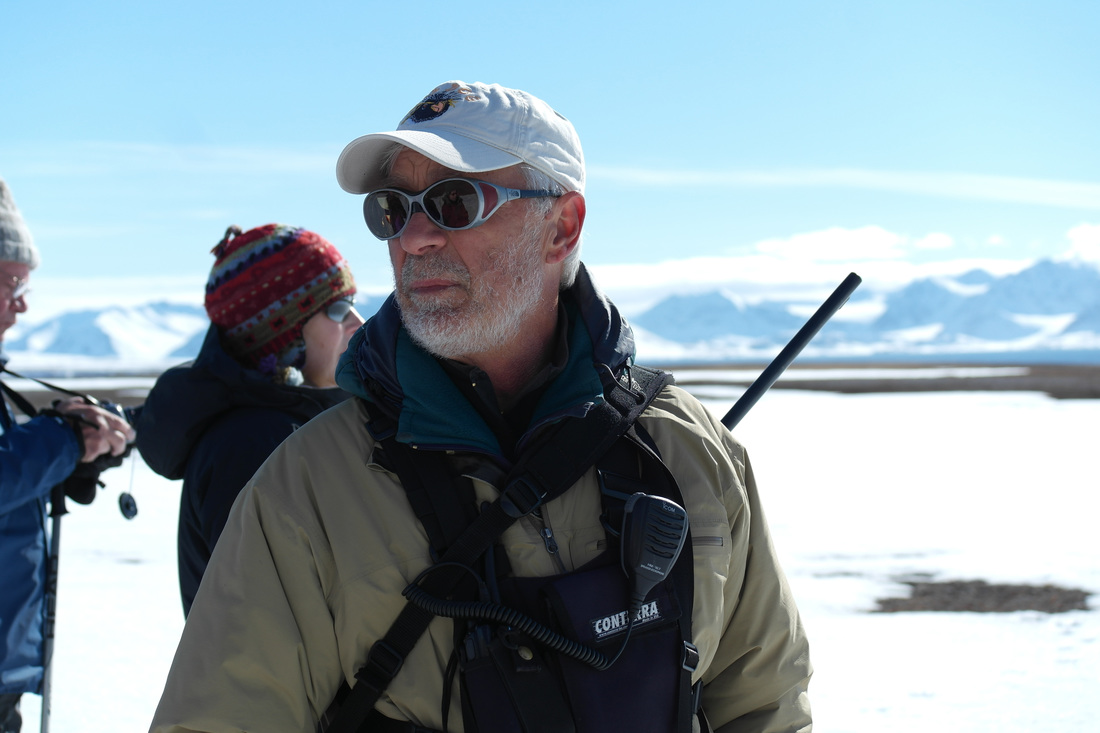
| | |
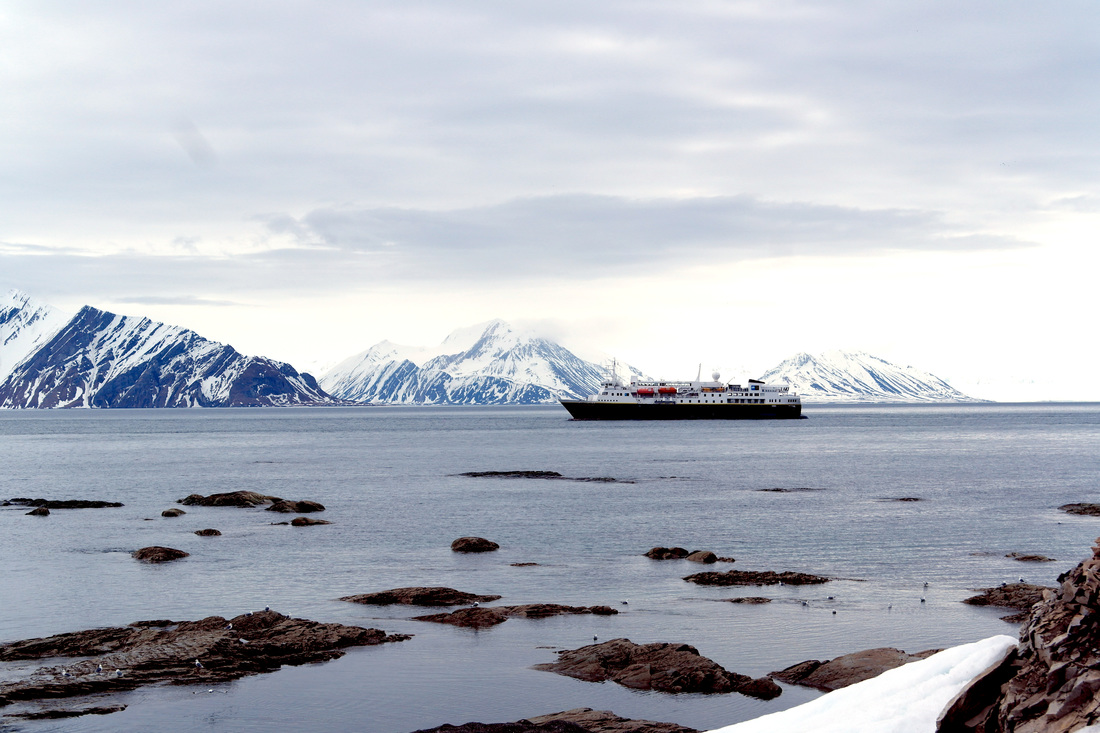

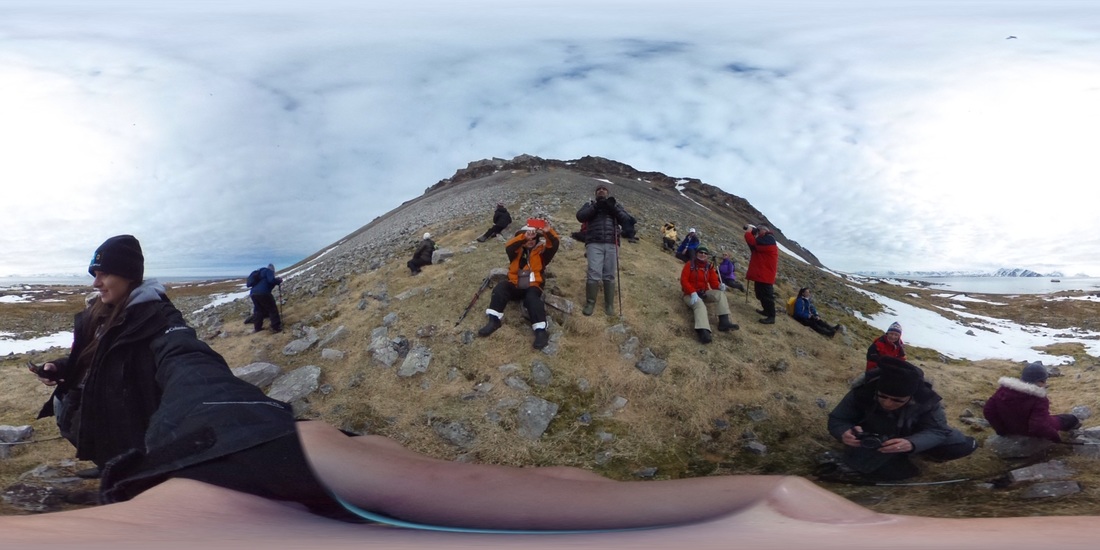
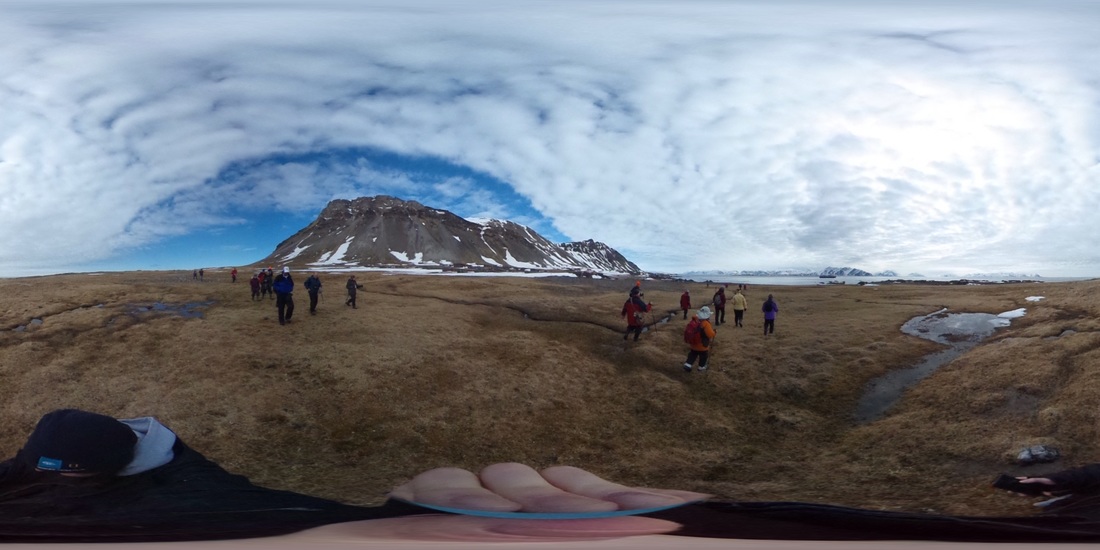
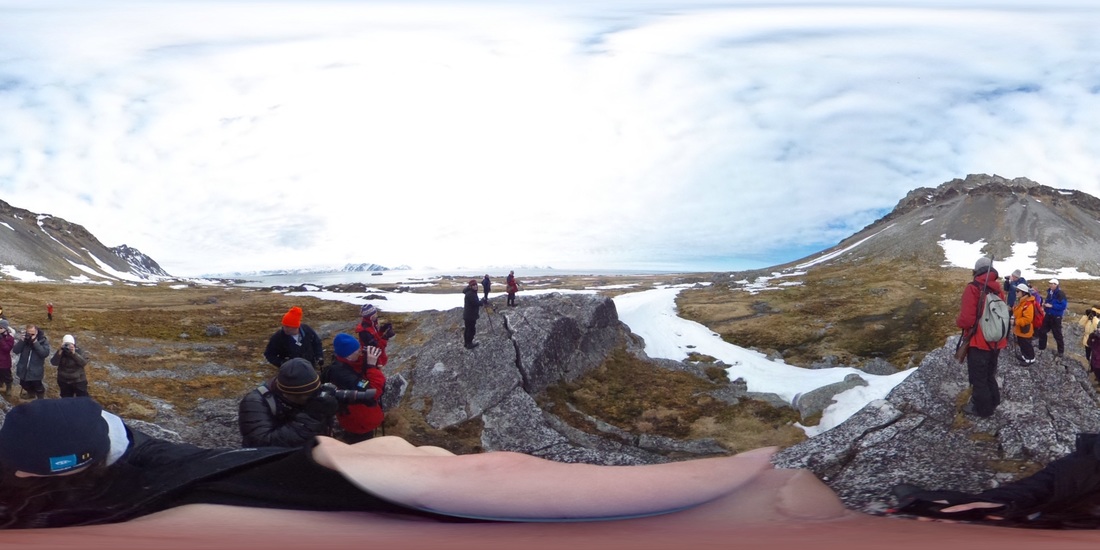
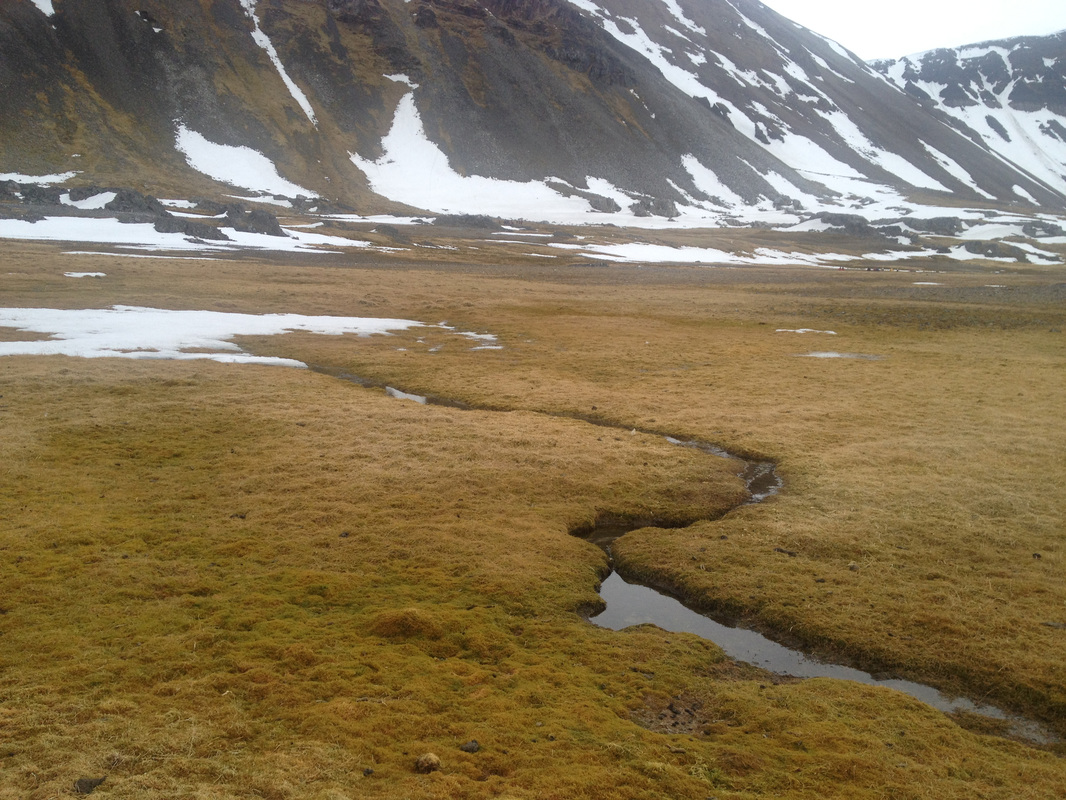
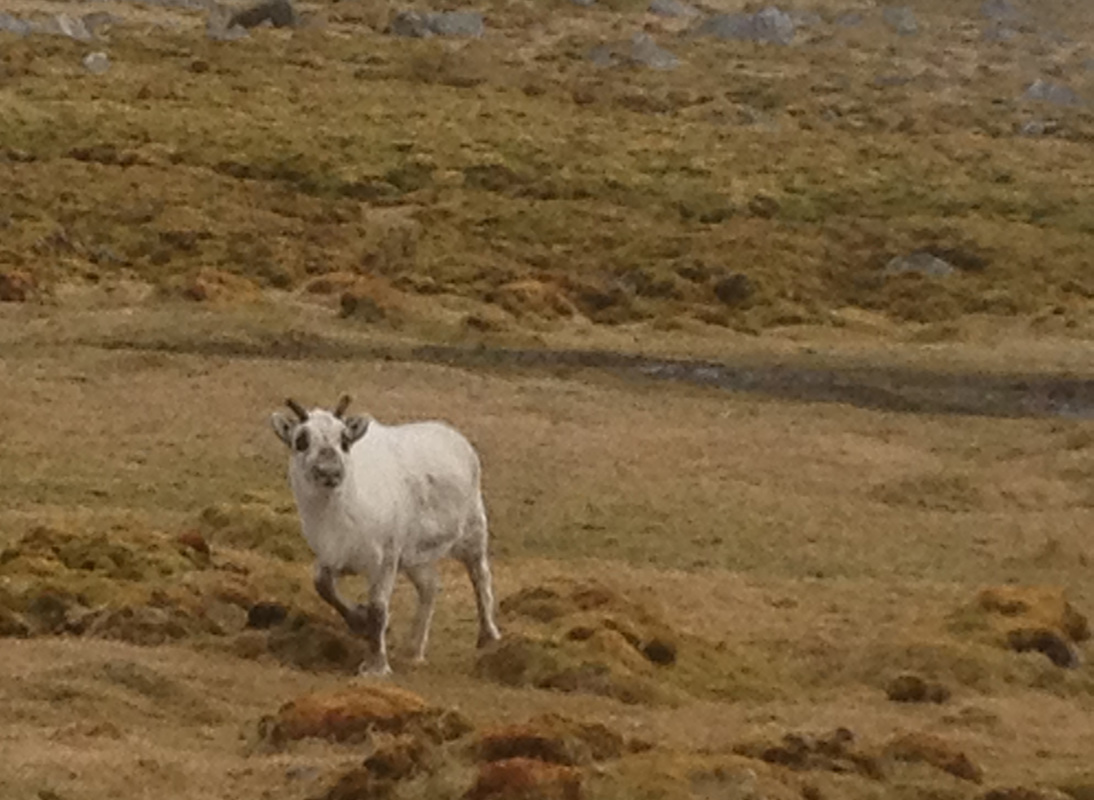
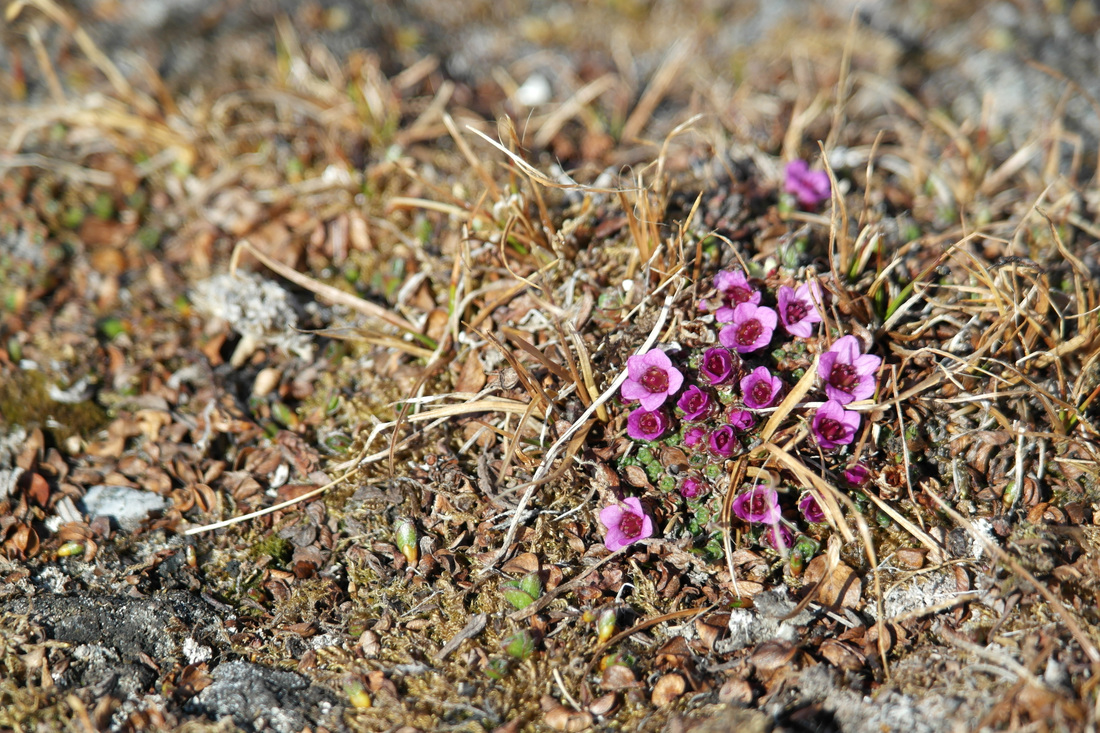
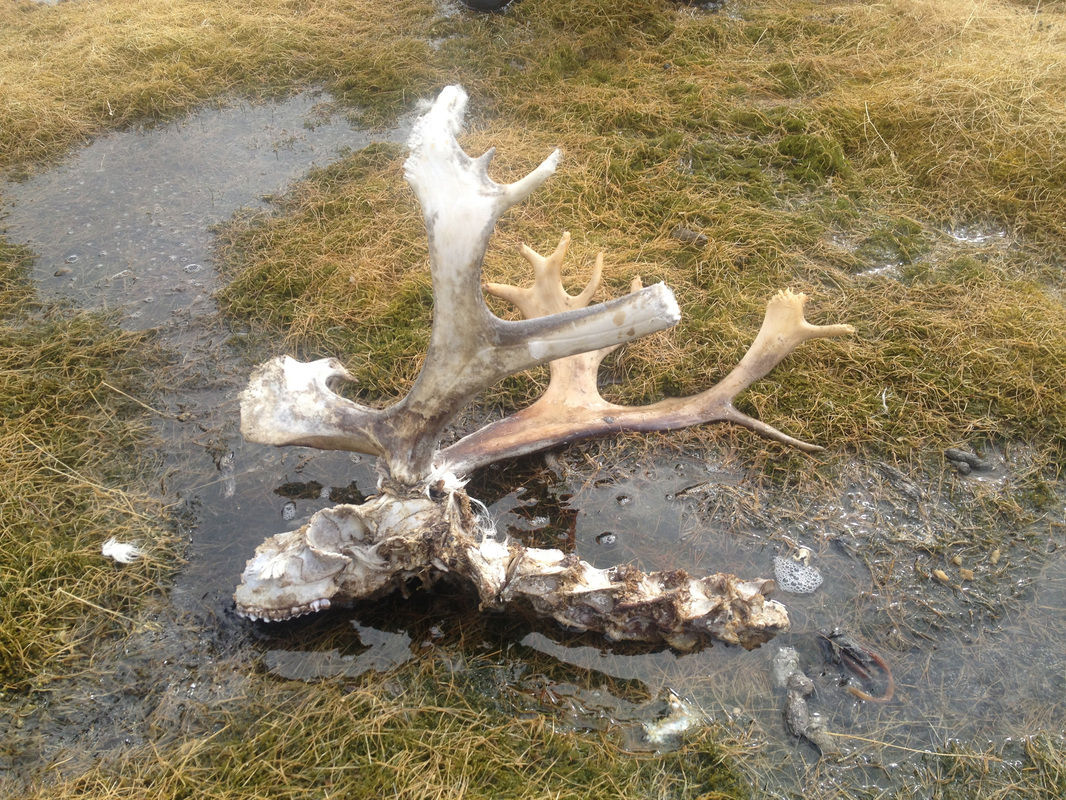
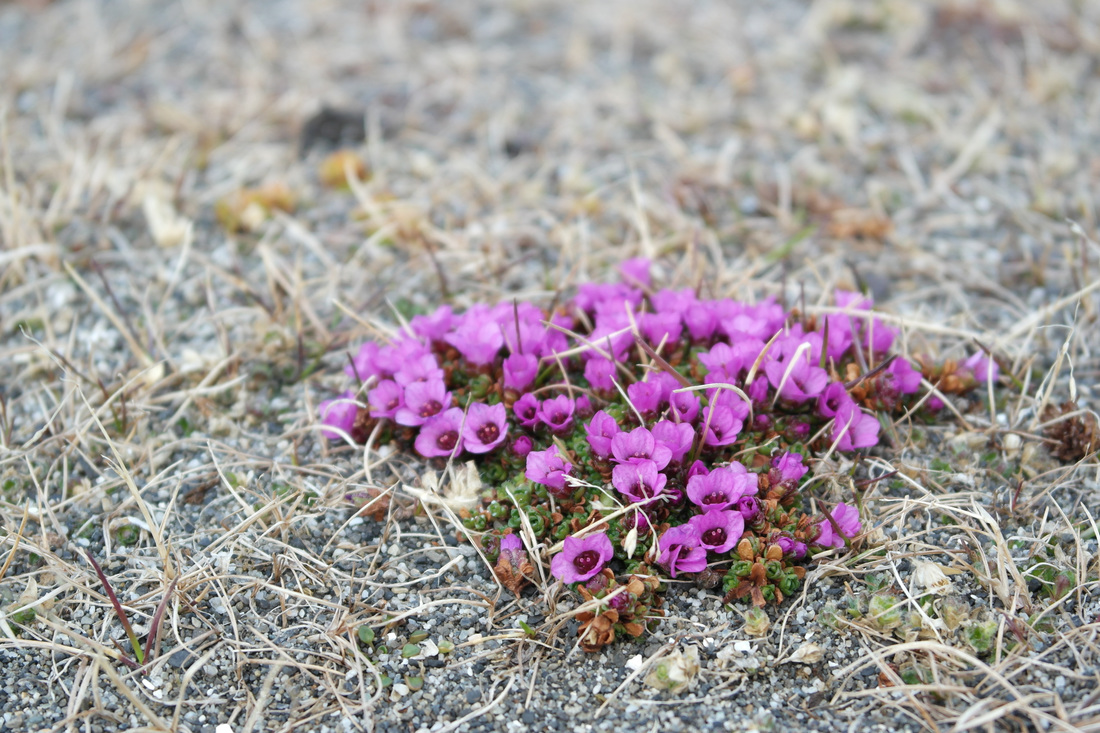
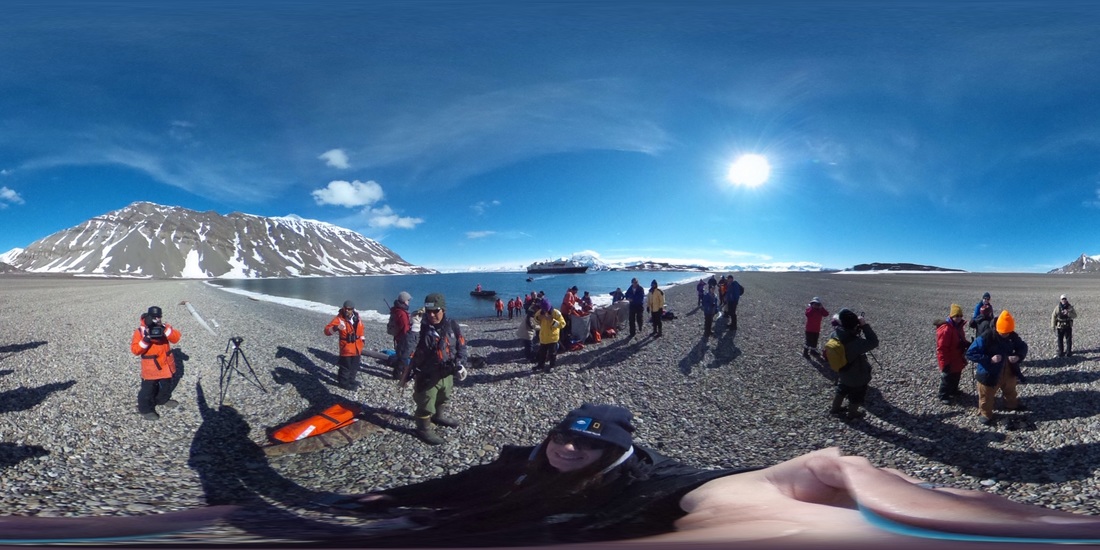
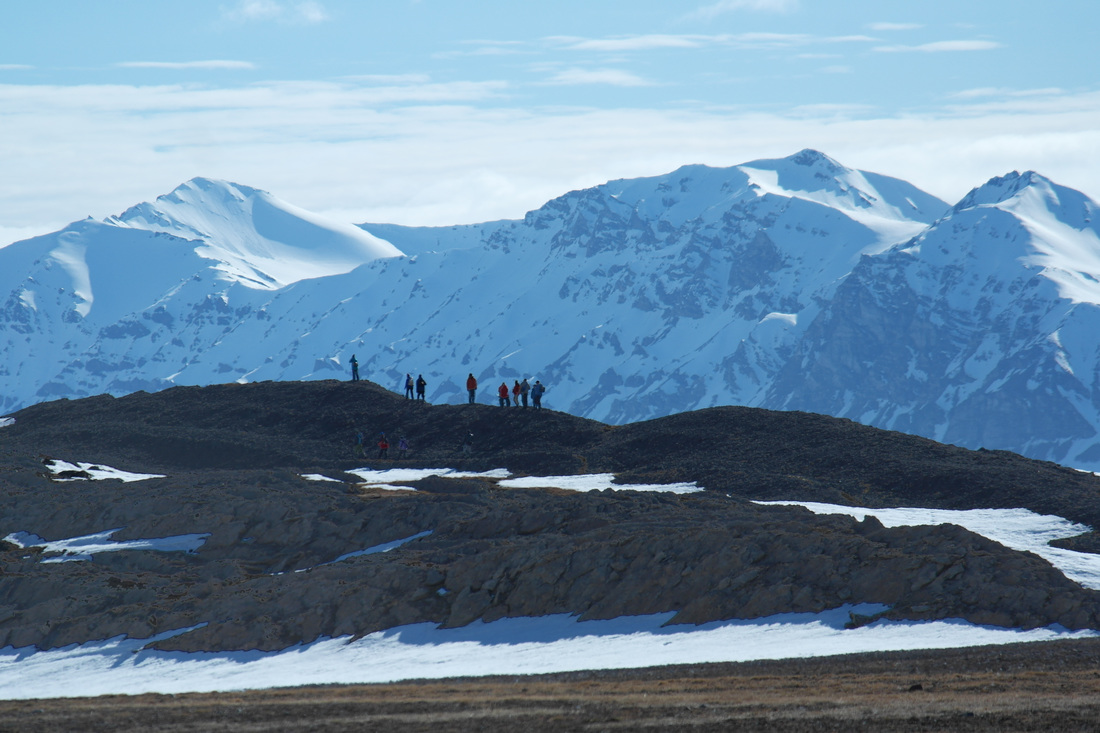
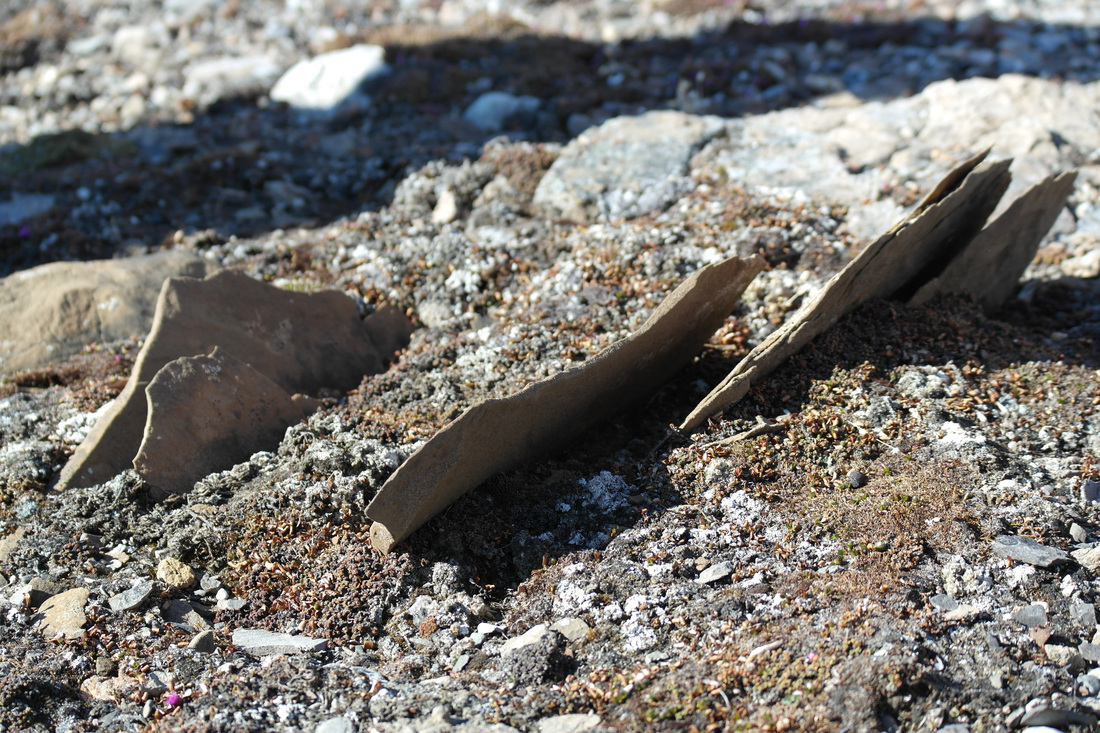
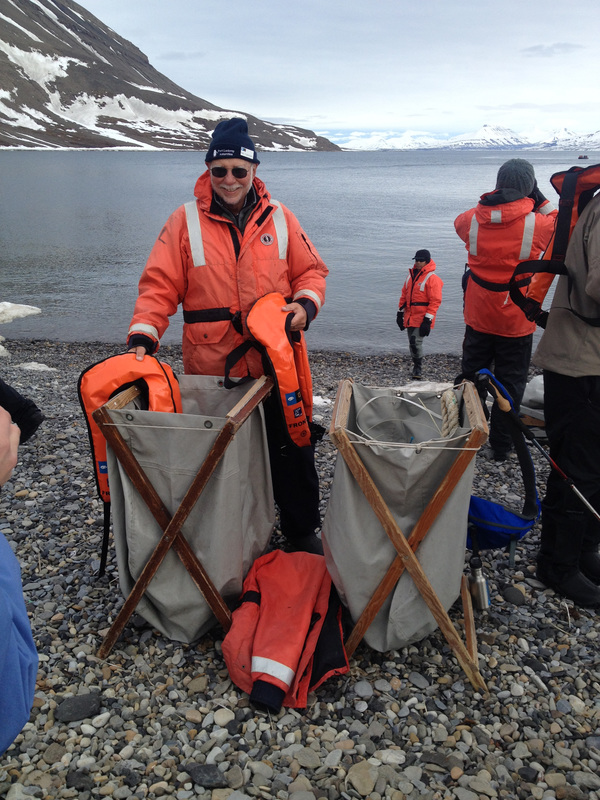
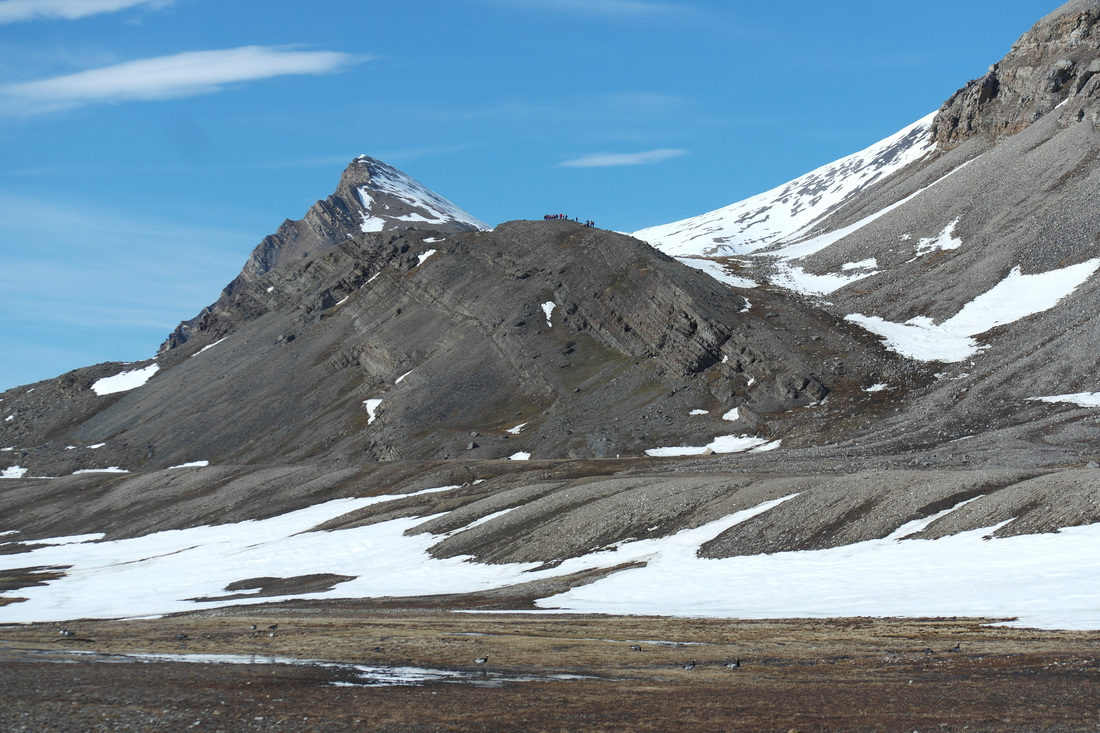
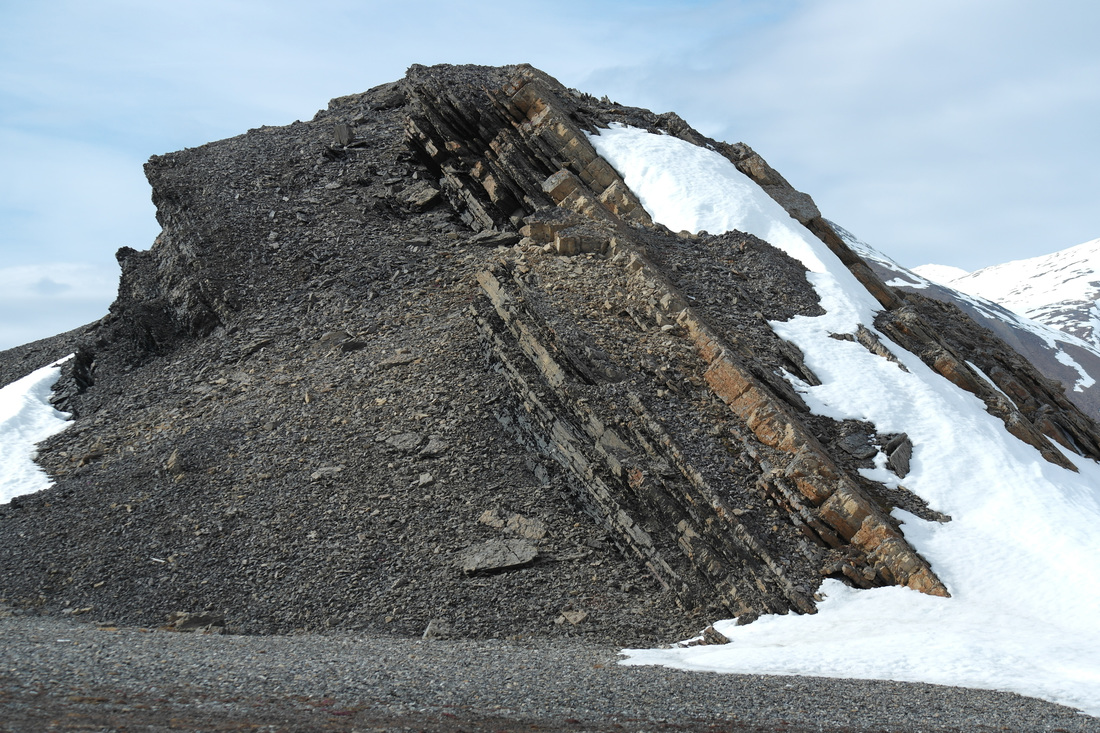
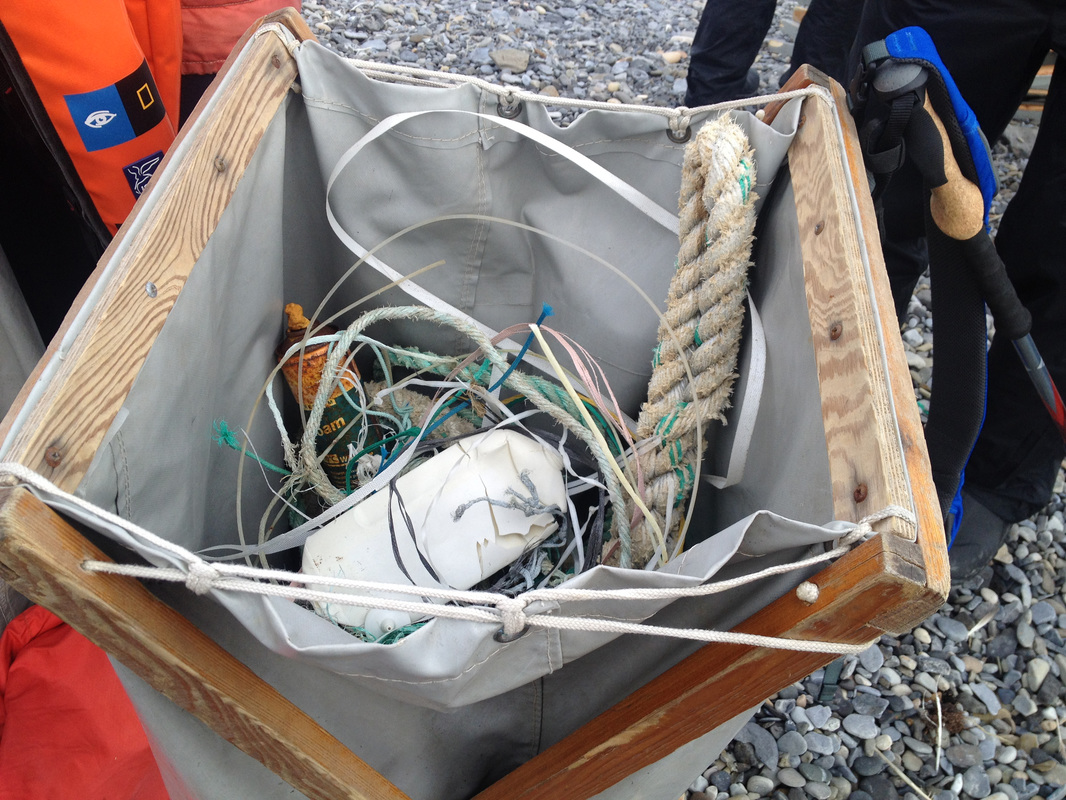
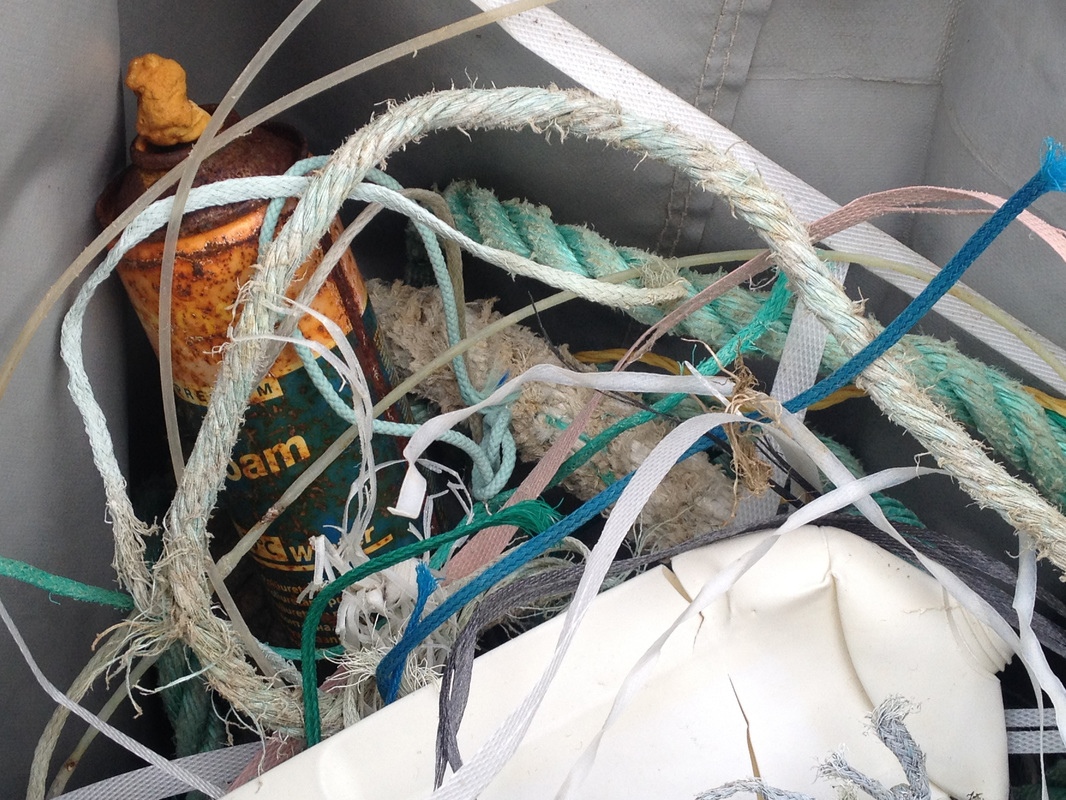
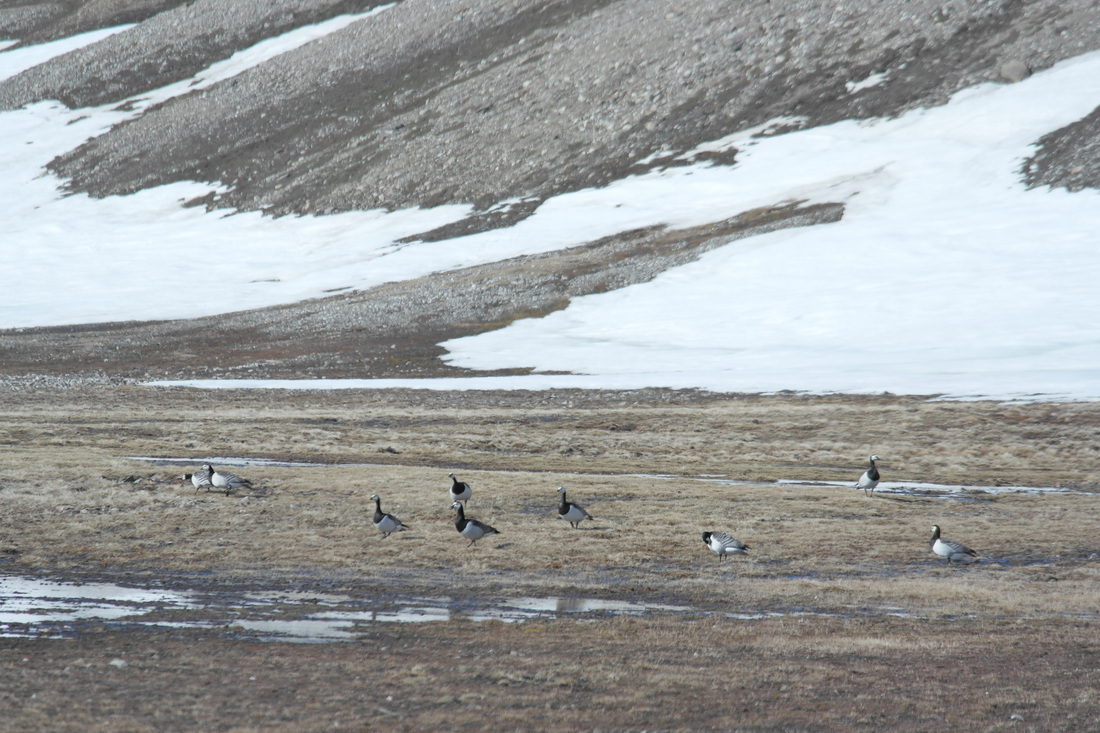
 RSS Feed
RSS Feed